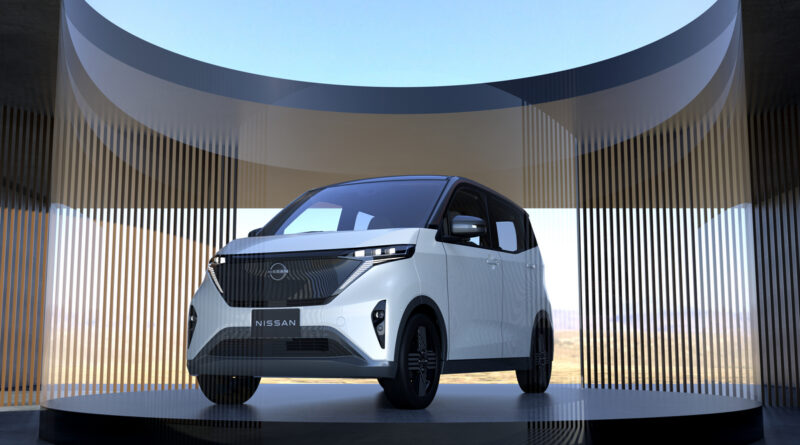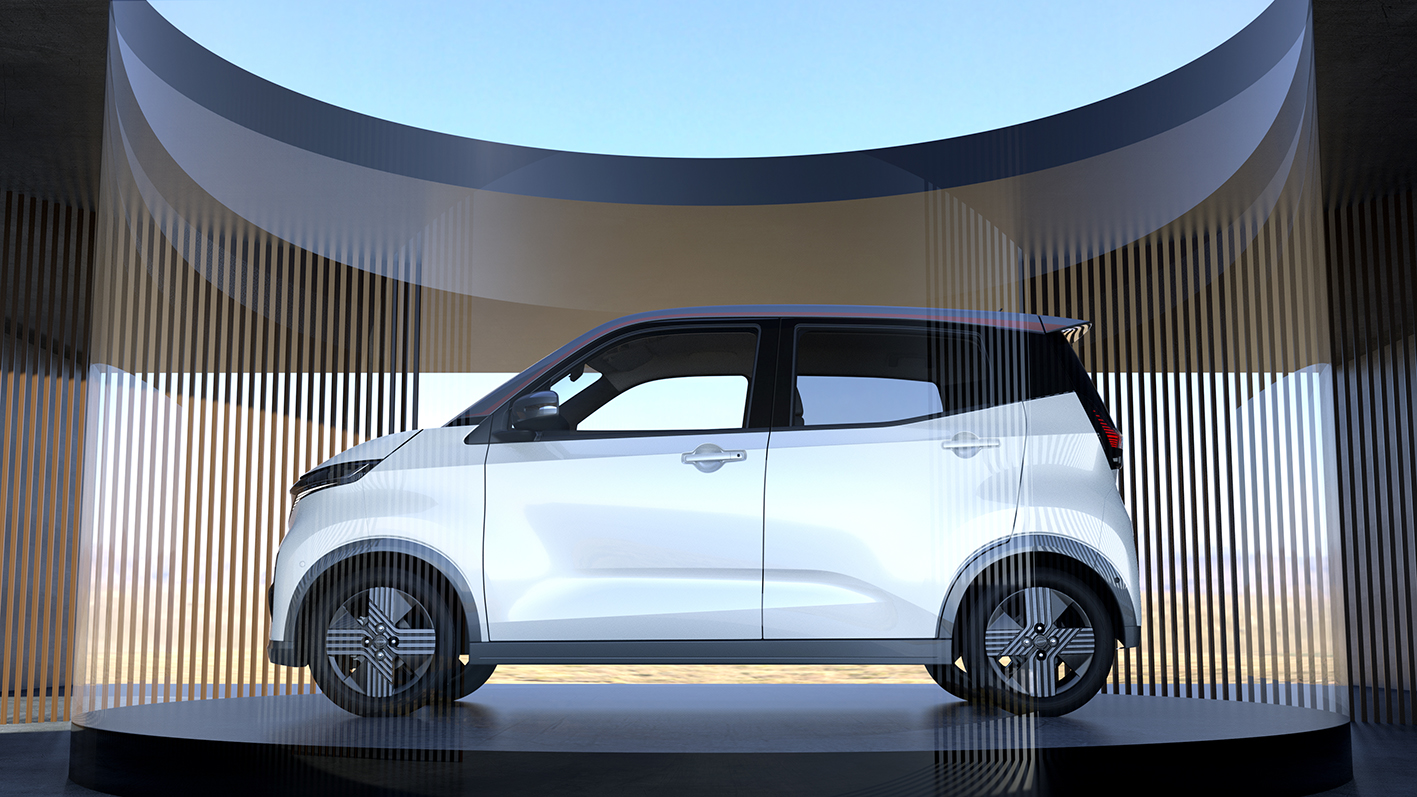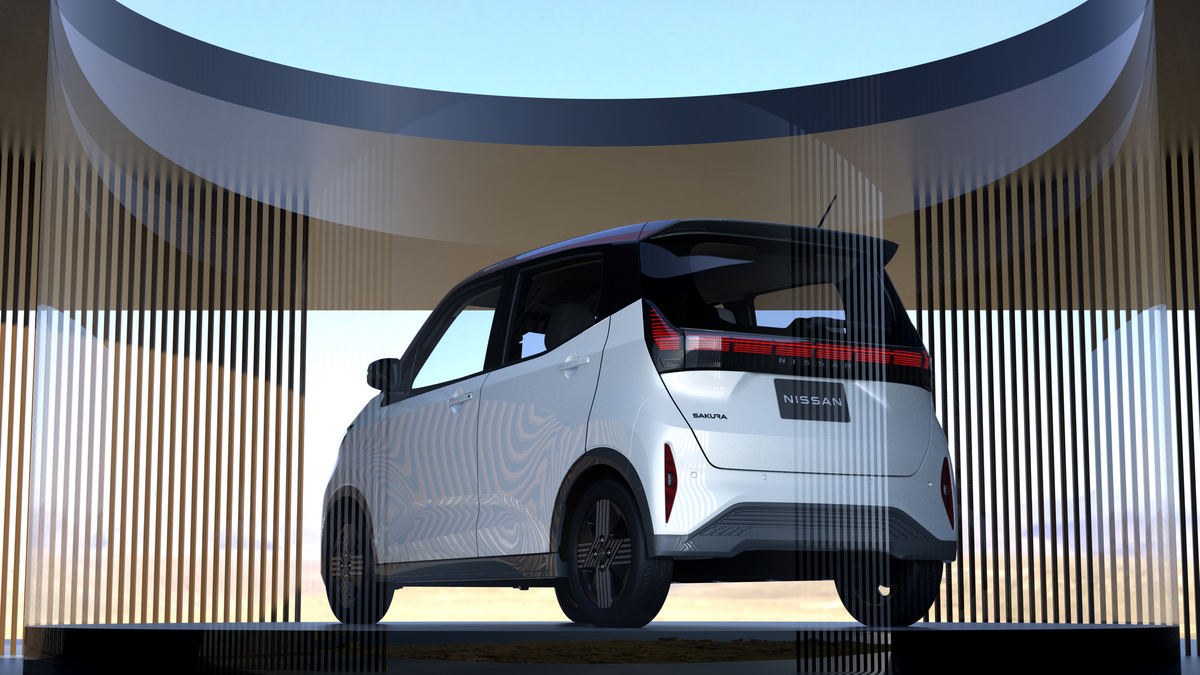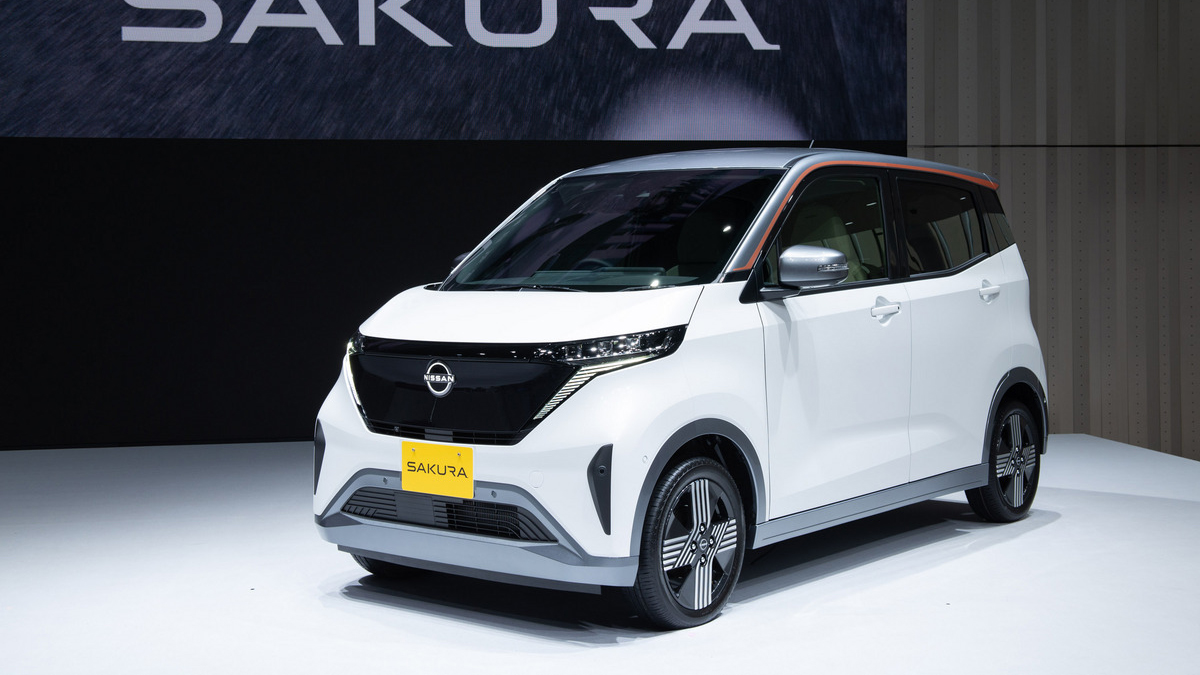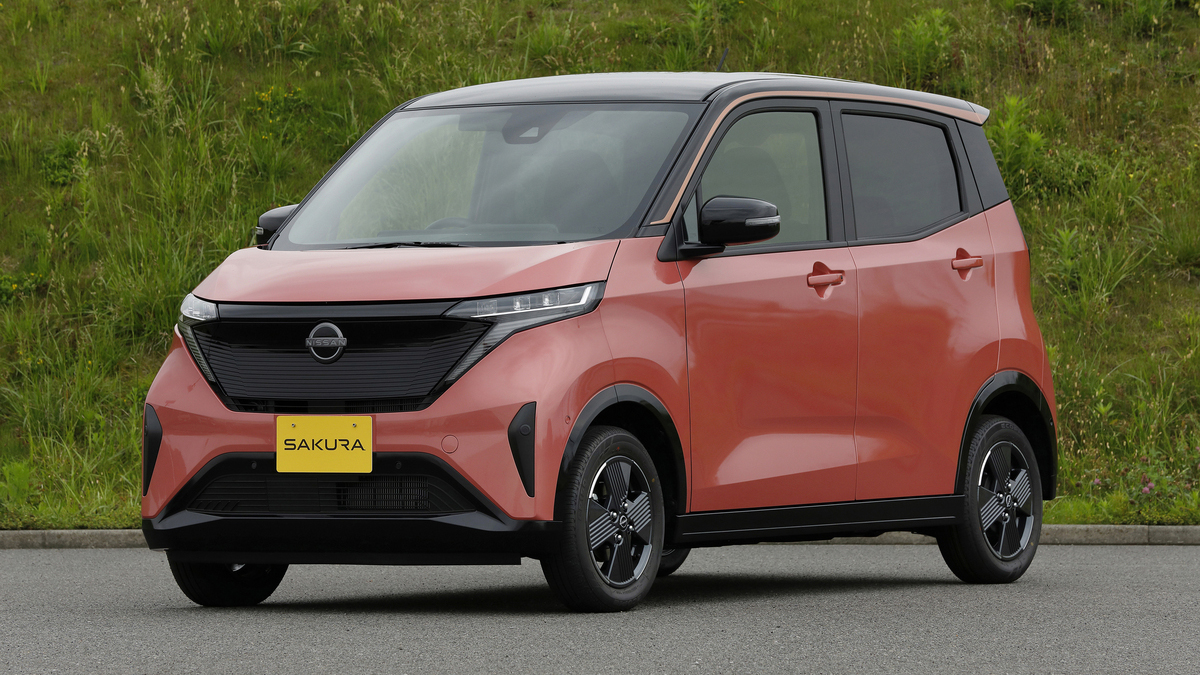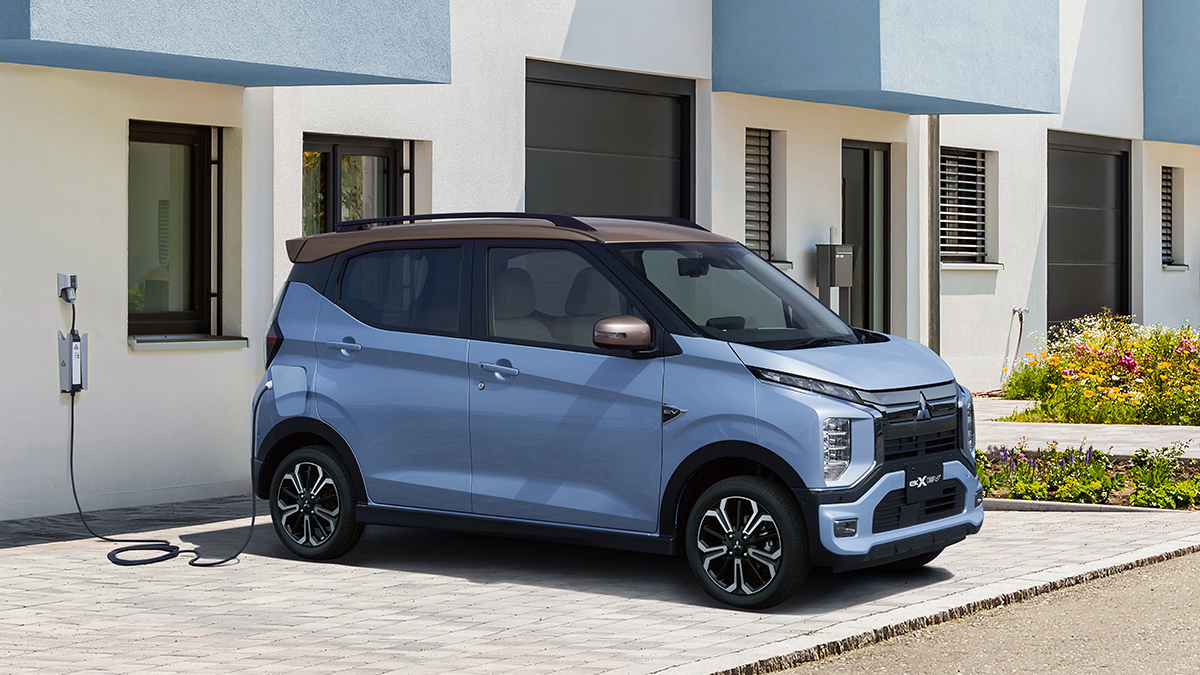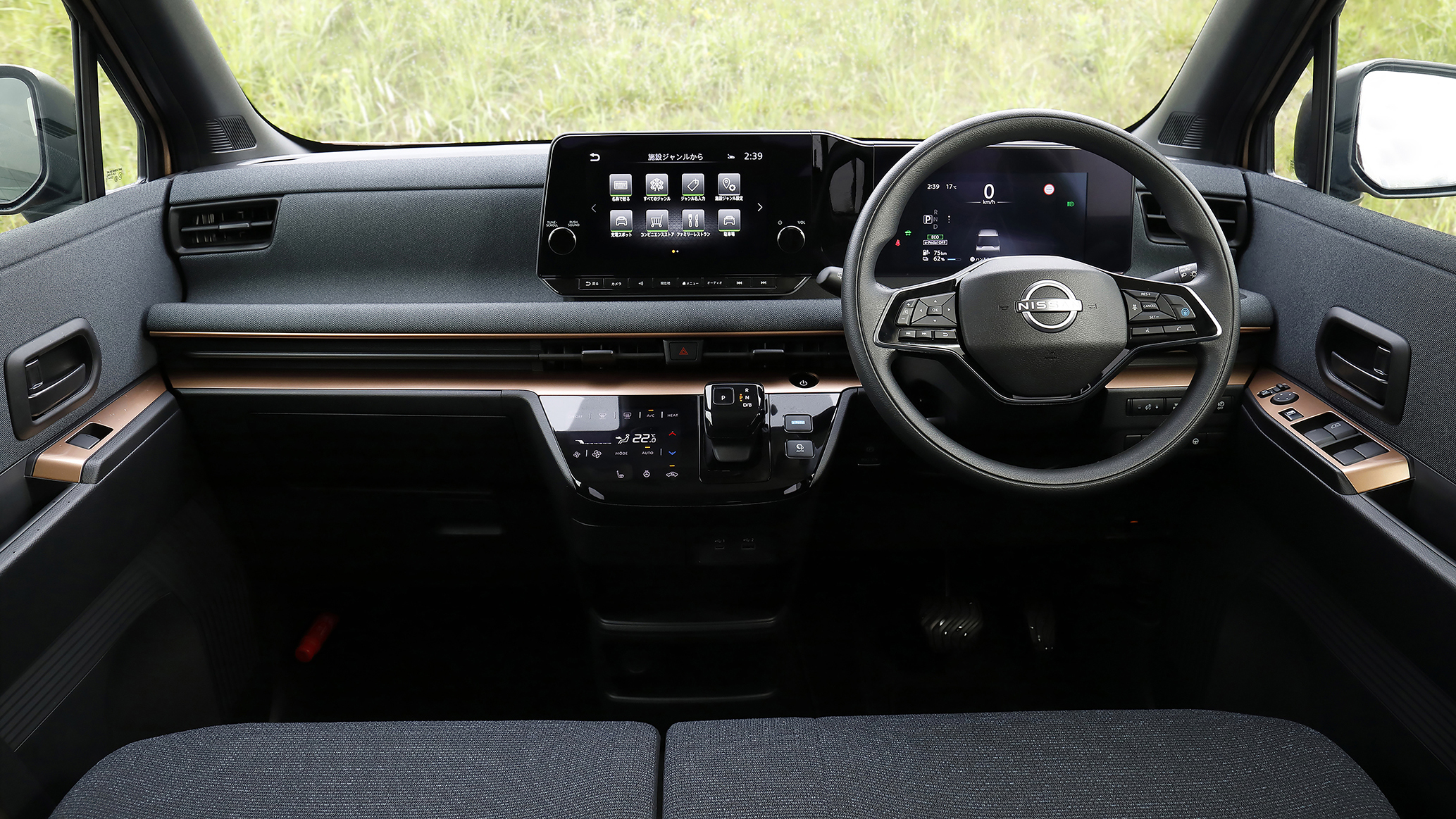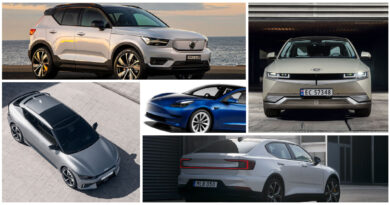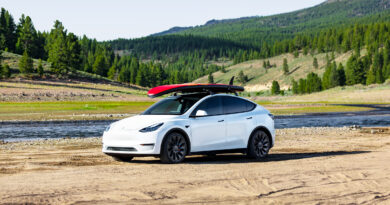Nissan and Mitsubishi micro EVs are the cheap electric cars we need
Australians say they want cheap electric cars, but are we prepared to downsize to make it happen?
A brace of Japanese electric cuties – kei-car EVs – has just been revealed by Nissan and Mitsubishi called the Sakura and eK X respectively, set for an on-sale date by September 2022.
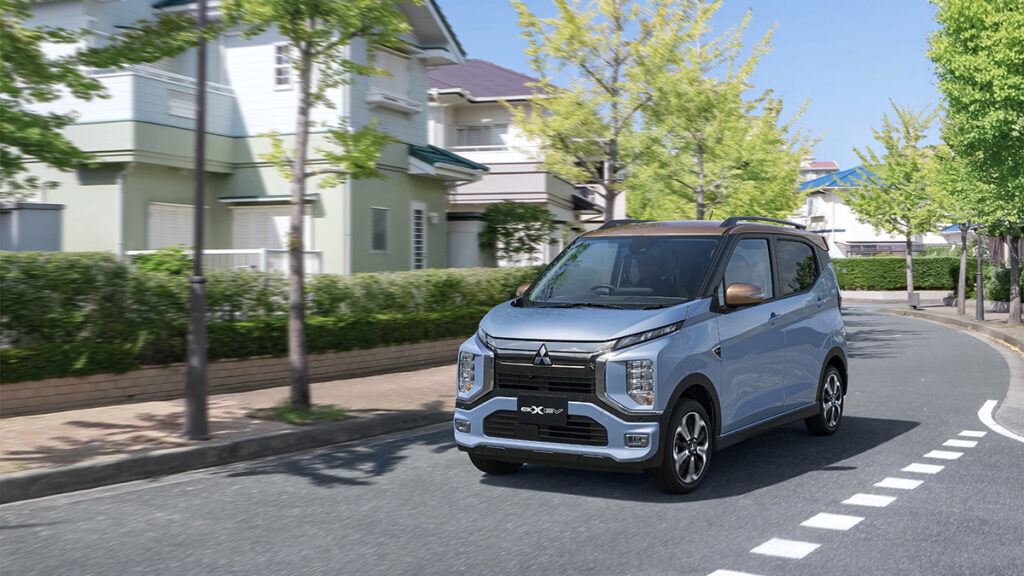
These twins-under-the-titchy-skins are smaller than Fiat 500s but offer a reasonable 47kW and 195Nm from a single electric motor, top speed of 130km/h and range up to 180km.
The 180km range has been calculated using the more generous WLTC Japan cycle, and not the more commonplace WLTP.
Japan only for now
At the moment both the Sakura and eK X are destined only for the Japanese domestic market, where the tiny kei-car class benefit from insurance and tax breaks.
To qualify they can’t exceed 3400mm in length or have power over 47kW. This low power figure isn’t a drama for lightweight EVs (1070kg in these cases) as the decent instant torque shove will make them nippy city units.
Priced from around 2.3million yen, these kei-car EVs would translate to just over $25,000 in Australia. Nissan said such a price “will make EVs much more accessible to customers in Japan,” and its Sakura would join the Leaf and Ariya “as a mass-market EV.”
The cars’ 20kWh battery charges from zero to full in eight hours using a domestic socket, while fast charging gives 80 percent in around 40 minutes.
Despite their size both EVs have five doors and should offer decent cabin headroom at 1655mm tall – similar to a Toyota RAV4. With their stunted length and trim width (1475mm) they aren’t what you’d call an attractive shape – they’re on the skinny, tall and awkward side with a squished nose to boot.
That said, they’re both more attractive offerings than the Mitsubishi i-MiEV, the last electric kei-car to make it to Australian shores.
Four seats and clever tech
There’s seating for four but boot space is a shoebox-like 107L. But then again, these are city cars and not grand tourers.
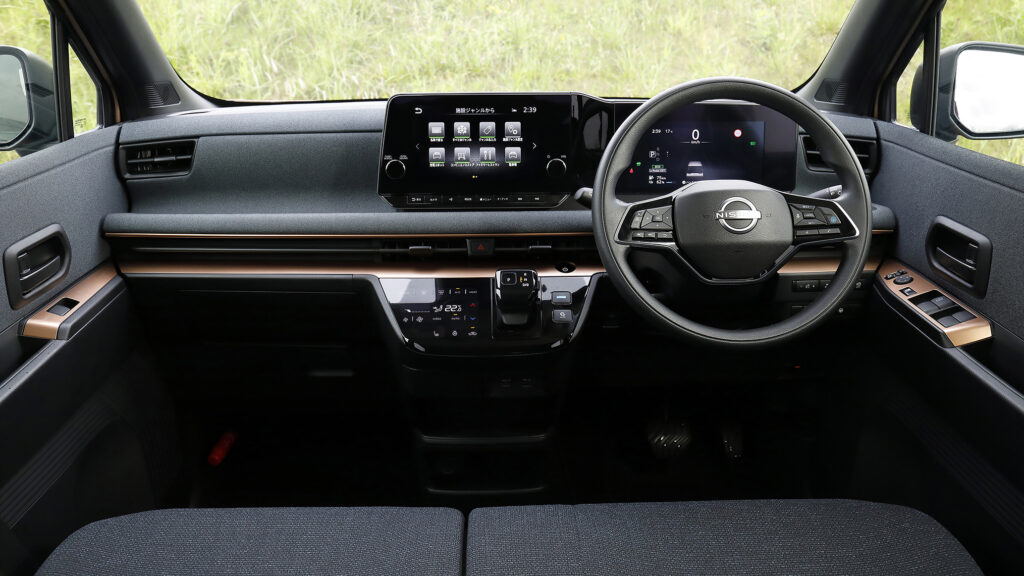
Mitsubishi is yet to release interior images of its eK X, but the Nissan Sakura looks a fairly lovely place to be. Cosy of course, but a front bench seat should allow ample wriggle room and a 7-inch digital driving display and 9-inch horizontal infotainment screen running wireless Apple CarPlay and wired Android Auto look bang up to date.
There’s a ProPilot Park self parking system (seriously, who can’t park a kei-car?!), classy copper trim and you can choose between black, beige or blue grey for the cabin trim.
There are fifteen exterior colour choices including two-tone, while Mitsubishi offers ten different hues for its mini EV.
Bi-directional charging is a huge bonus too, Nissan saying the Sakura’s battery can provide ‘a day’s worth of electricity to a home.’

Car brands have been pulling micro / city cars from sale in Australia due to ever-dwindling demand. Today, we’re left only with the Kia Picanto, Fiat 500 and Abarth 595 – the Mitsubishi Mirage has recently been discontinued. Last year, Aussies bought five times as many Toyota HiLuxes as we did all micro cars.
It makes the business case difficult for bringing electric EVs such as these kei-cars into Australia. Perhaps with more progressive government incentives to make these little EVs $25k to drive-away, anything is possible.

